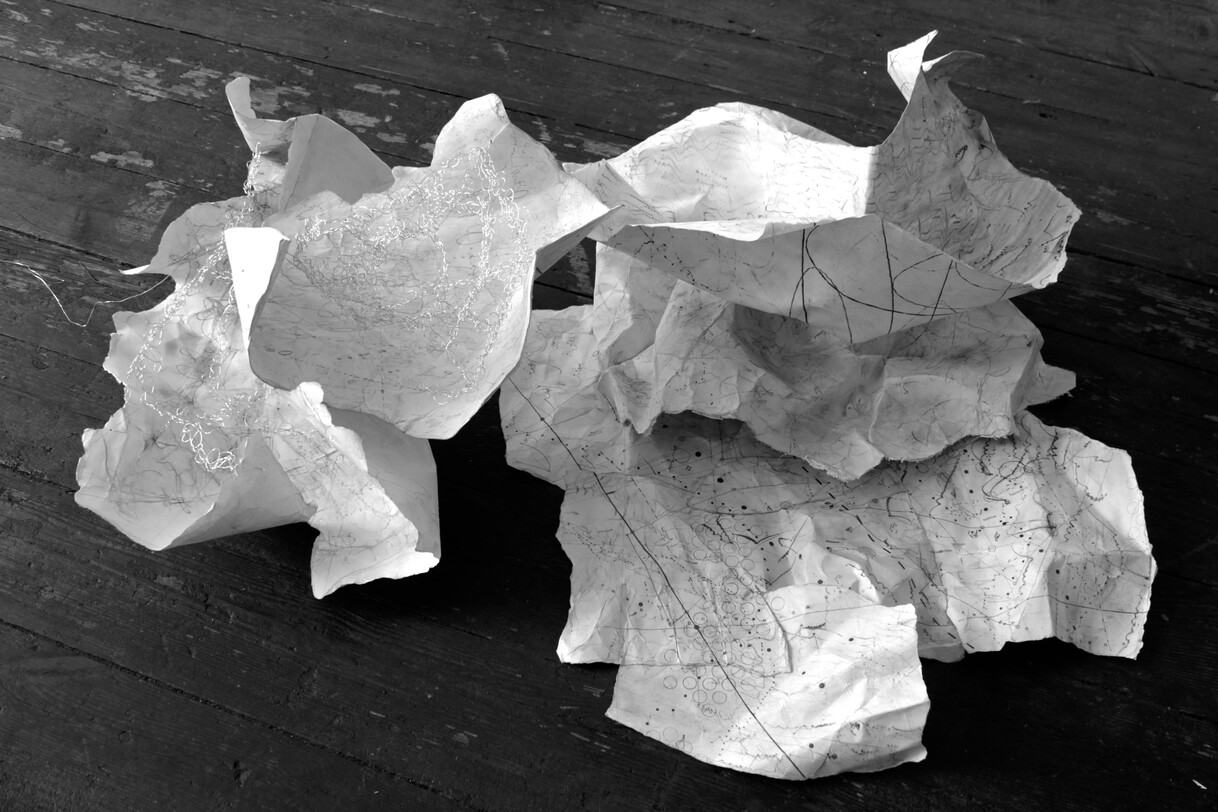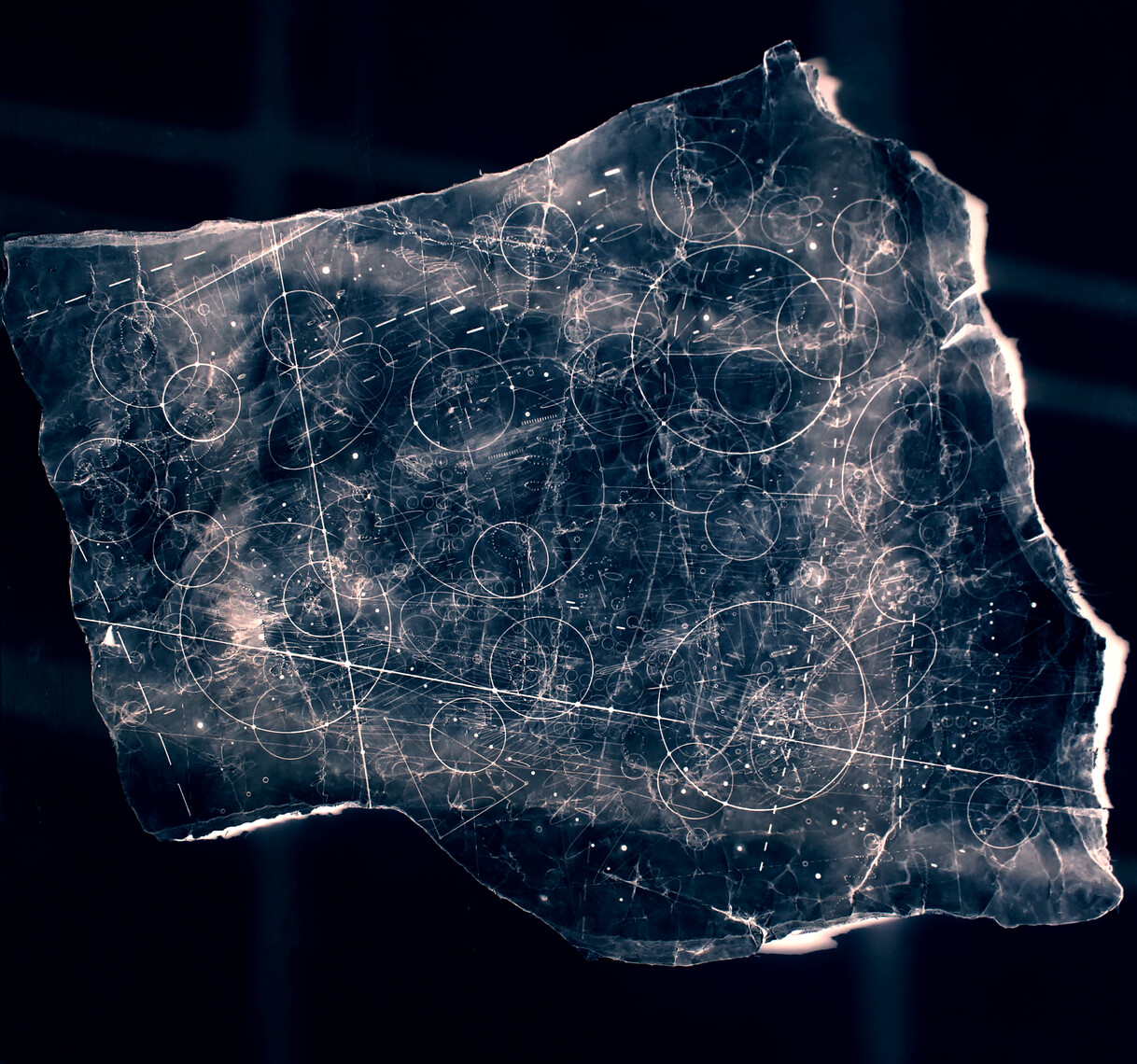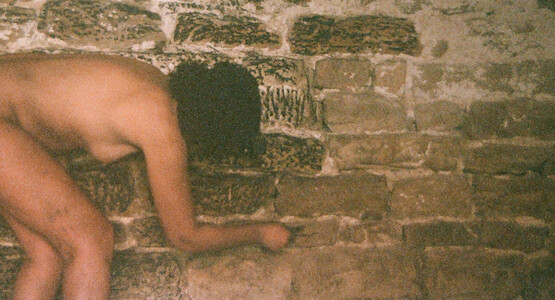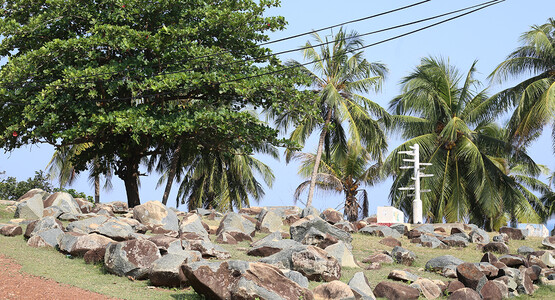Knottings, nothings, knots and no things
by Emma McNally • June 2023. In collaboration with Drawing Room, London • Artist commission
Pli: fold
We are always, already implicated: always, already complicit, folded and knotted together, in complex, dynamic non-linear material entanglements across scales, spaces and times. Everywhere, everywhen. The practice of drawing participates in the together-work of troubling hierarchic, binary, dominator linear logics – which divide body and mind, sustain borders, separations, domination, extraction, instrumentalisation, logistics and control, the production line, the subject, the individual, the one, the unit, the countable – towards, instead, grammars of entanglement and solidarity.
How to give ground, to forgo mastery, authority, eloquence, leadership, command and control? How to learn to stutter, stammer, hesitate, trouble, listen, attend and feel? To gather and coalesce into dynamic, polyrhythmic, improper, riotous chorality? How to dance together, to move together? How to develop the capacity for responsivity, for responsibility? There is no place of purity or innocence and accepting that frees us to get properly to work. How do we attune and attend to complex stories of living – roped, twisted, looped, knotted, fugued, cleaving, spinning, braiding, weaving, whirling, together and apart?
The hard separations of categories are fictions: stories that serve purpose and agendas. Useful and dangerous. How do we disrupt them, undo them, mess them up, make them leak, merge, tear, melt, mulch? How to kick up the dust of them, compost them, make them join, gather, become permeable, multiple, polyrhythmic, many voiced, choreographic and musical?
It is in the ongoing interest of power that we do not gather, that we do not become complex. When we knot together and entangle we learn how the lines that separate are drawn and strategically maintained; we learn that we were always already entangled.
Choral Fields
The first six drawings from this series were made in a small studio on a jetty by the Thames. The rhythms of the tides and flow of the river, the boats, planes, birds, the weather, the daily migrations of office workers in and out of the banking sector of Canary Wharf all found their way into the drawings. The Thames, with its complex history of material entanglement. Water, cycling. The ships built in the dockyards carried their freight into and out of the city: freight that provided the fortune and resource to build London. Troubled and violent history. The river – times flowing, concurrent, non-linear, not past, not finished.
The word choral carries many echoes and resonances: coral, chiral, choro, choreo, chora, corral.
The chora is the place that exists outside the polis: the periphery. Plato uses it to refer to a third space where forms materialise. Julia Kristeva put the idea of the chora to work in The Revolution in Poetic Language (1974). It is a zone where the categories that shore up things, entities and objects are undone: a place of indeterminacy. It is a fugitive, polyrhythmic field of intra-actions where the conditions for something else can emerge, where other ways of thinking and living can foment and brew.1
I try to drum up polyphonous, polyrhythmic fields of activity in carbon. The figure–ground relationship is blurred through a process of drawing under erasure. Multitudes of disparate marks, evoking myriad spaces, matter migrating, whirl concurrently. Noise and signal are continually scrambled to produce dynamic, generative sites.
I undo the hierarchy of mark and substrate, graphite and paper, by rhythmically sanding and rubbing with one hand the graphite marks that I make with the other. Hands work concurrently and interchangeably: the graphite and paper are materially broken down and combined, mulched, melded, blurred, smudged and scuffed together. The conditions of focusing are undone. The drawings are turbulence between noise and signal – always in the midst.
The flat, bordered, white, single plane of the paper – tabula rasa – is troubled, messed, crumpled, looped, scored, knotted, folded, perforated, abraded, torn and reconstituted into migrating aggregates of many.
Carbon readings
Although information in the drawings is suggestive of scientific readings, so many different sorts of ‘reading’ and grammars are brought into the text that they become scrambled, undone, blurred. It is akin to broadband, where signals at multiple frequencies are transmitted and received, but including those not usually within range: sonar, ultraviolet, the very fast and the very slow.
Charts, sounds, screens, data visualisations and notations are employed: radar, sonar, telescopes, electron microscopes, surveillance, satellite imaging. Particle collision chambers, constellations, deep sea mapping, global CO2 imaging, internet networks, telecommunications, city-flows intermingle into complex knots, fugues, skeins, braids, weaves, textile and tapestry.
Graphite powder can be dropped onto primed paper and the impact is frozen like a bomb crater. This is a graphite instant in time, which carries a different energy to the sort gathered in dark layerings and obscure markings that have been rubbed and sanded and compacted down. All of these states of matter, of graphite, these emergent organisations, are in a mode of exchange, like a city or a psyche or the carbon and water cycles where nothing disappears and everything returns, persists and insists.
There is a particular carbon molecule, C-14, also known as radiocarbon: a radioactive isotope of carbon with an atomic nucleus containing six protons and eight neutrons. Its presence in organic materials is the basis of radiocarbon dating.
Large amounts of this molecule were released into the Earth’s atmosphere as a result of nuclear bomb tests, which started in 1945 and intensified after 1950 until 1963, when the Limited Test Ban Treaty was signed by the United States, the Soviet Union and the United Kingdom. These hundreds of blasts were followed by a doubling of the relative concentration of C-14 in the atmosphere. This massive increase became known as ‘bomb pulse’.
After the tests ended, the atmospheric concentration of the isotope began to decrease, as radioactive CO2 was fixed into plant and animal tissue and dissolved in the oceans. In 2019 Scientific American reported that C-14 from nuclear bomb testing had been found in the bodies of aquatic animals inhabiting one of the most inaccessible regions of the Earth, the Mariana Trench, the deepest part of the Pacific Ocean.
Drawing is a way to think through all of these entangled histories and materialities. In the polyrhythmic, indeterminate zone of a drawing, space, time and matter fluctuate: pollen, data, microbes, archipelagos, sea, ice, weather, cloud, currents, geology, smoke, cellular mitochondria, city lights, constellations, virus, plankton, enzymes, catalysts, caspases, protein chains and rings, mycelial networks, electric circuitries, spores, shoals, flocks, notation, quantum spin, water and carbon cycling, oscillations and vibrations across spectrums visible and invisible. Water across states: mist, rain, ice, cloud, river, sea. Interfacial layers where states blur and fog. Carbon sound fields where touch, sight and sound merge and melt into feel, where matter migrates and moves. Allotropes of carbon – diamond, graphite, graphene, fullerenes. Knottings, nothings, knots and no things.












